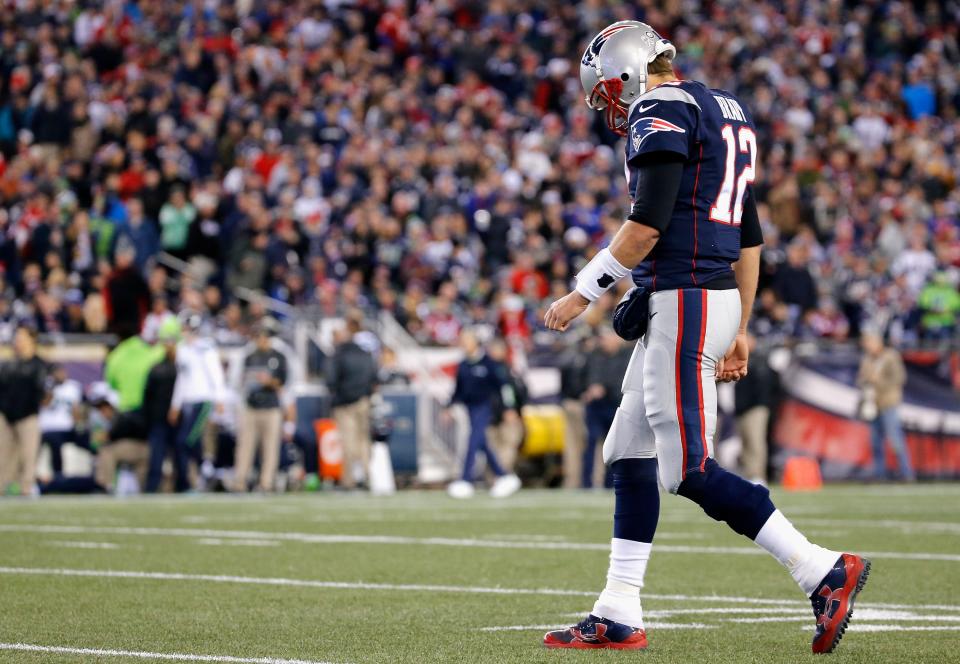The NFL can't celebrate a ratings win just yet
It took 10 weeks, but the NFL finally saw a reversal of fortune on Sunday to its highly-scrutinized TV ratings crisis.
Sunday’s afternoon game between the Dallas Cowboys and Pittsburgh Steelers rated an average 17.8, the best rating of any game since Week 1. Sunday night’s primetime matchup of the New England Patriots and Seattle Seahawks got an average 14.3, a 13% bump from the same game in 2015, and the best rating for a Week 10 Sunday Night Football game since 2011. It was the first Sunday Night game this year not to see a lower rating than the same game a year before.
You might think that this proves the election was to blame for the ratings slide, and that now, with the political distraction gone, the NFL will continue to fly. But that’s unlikely.

For starters, Monday night’s game between the Cincinnati Bengals and the New York Giants did not continue the trend. The game rated an average 7.85, down from an 8.63 for the same game (on Nov. 16) the year before.
So: 10 weeks into the regular season, every Sunday Night game has had lower ratings than the year before except for one (Week 10), every Monday Night game has had lower ratings than the year before, and every Thursday Night game has had lower ratings than the year before except for one (Week 3).
The NFL’s official stance throughout the ratings crisis has been that the distraction of the presidential election was taking attention away from football. “There is no question that unprecedented interest in the presidential election is impacting primetime ratings,” the league said in an internal memo to its media committee.
That’s absolutely true—the attention paid to this year’s election was unprecedented, and it had an impact on ratings. But it doesn’t tell the whole story.
The NFL is likely facing a perfect storm of different issues that each individually may not be so damaging, but taken together, add up to a problem. The league correctly called it a “confluence of factors” in a public statement early in the season.
Those factors include: increased cord-cutting and increased availability of clips and highlights on social media; possible general football fatigue (there are games three nights a week); quality of matchups (the average margin of victory in Monday Night games is twice what it was last year); stricter penalties on player celebrations); possible boycotting over the league allowing players to protest the national anthem.
The crisis has been serious enough that last week, at a New York Times conference, Commissioner Roger Goodell acknowledged that the league is considering major changes to its product, including shorter games and fewer ads during the games. “We want to take as much what we call dead time, non-action, out of the game, so that we can make the game more exciting,” he said. Simply acknowledging that consideration, even if nothing comes of it, amounts almost to a white flag for the notoriously tight-lipped league.
Now that ratings bounced back for a week, and if they continue to improve, will the NFL walk back Goodell’s comments about making changes?
A league spokesperson responded this way to Yahoo Finance: “We will continue to explore ways to see if there are ways to improve the pace of play and length of games.”
—
Daniel Roberts is a writer at Yahoo Finance, covering sports business and technology. Follow him on Twitter at @readDanwrite. Sportsbook is our recurring sports-business video series.
Read more:
NFL faces a big ratings test after the election
Even the NFL doesn’t know why NFL ratings are down
The 3 biggest reasons NFL ratings are down
NFL social media chief explains NFL’s controversial new social media policy
